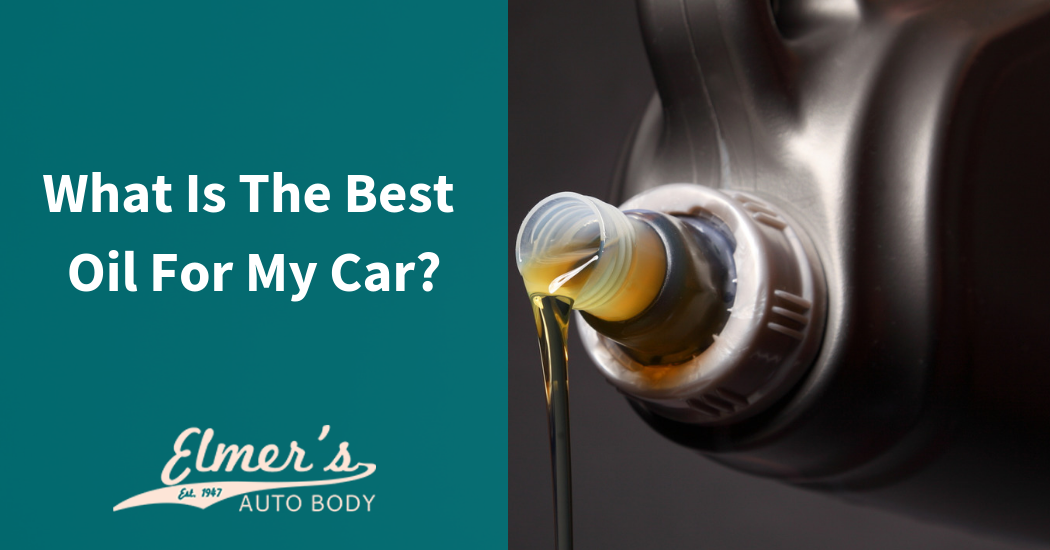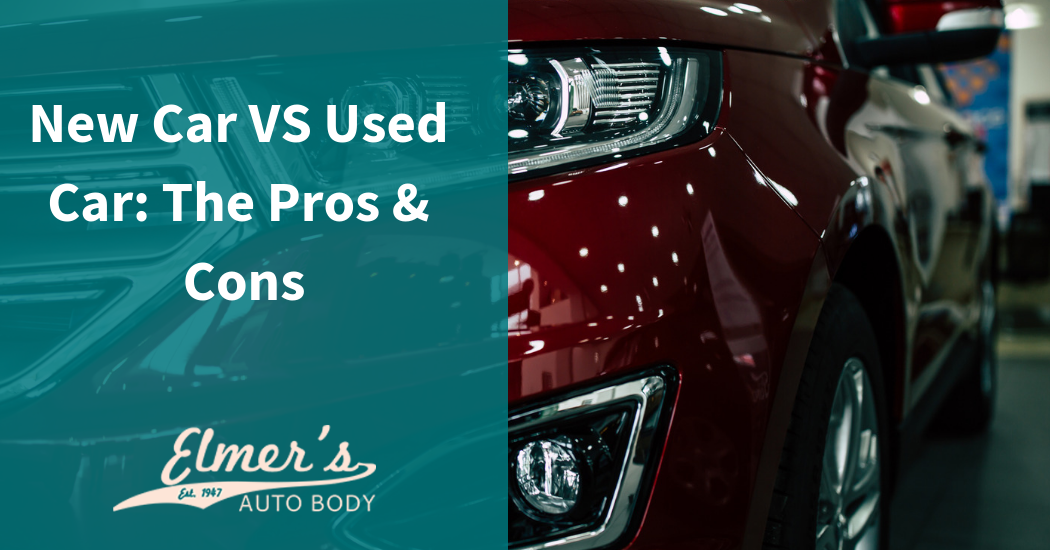Today, let’s take a look at six different types of car leak, what can happen as a result, and how to identify them. It’s actually pretty amazing when you step back and look at just how many various fluids go into keeping your car on the road. It’s not just oil and fuel, that’s for sure!
Identifying the Type
The first thing to do is to identify the type of fluid leaking. Fortunately, these fluids tend to stand out in their viscosity and color, so once you know what you’re looking at, it’s easy to identify them.
- Motor Oil – Motor oil is a dark brown oily substance that most people can readily identify.
- Coolant – Coolant is usually blue, and has about the same consistency as thin antifreeze. It looks a lot like antifreeze really.
- Transmission Fluid – Transmission fluid is a pinkish or reddish fluid with a consistency similar to coolant.
- Power Steering Fluid – Power Steering fluid is yellowish or greenish in color, and has a thin oil consistency.
- Battery Acid – Battery acid is identified by the corrosion and damage present. It eats away at the matter.
- Brake Fluid – Brake fluid is a light amber hue or colorless, but very clearly not water.
Oil Leaks
These are very common, because of how circulated oil is, and how connected to the raw power of the engine it is as well. Oil leaks can result in oil getting into the fuel, parts not being lubricated properly, and much more.
Detect oil leaks by filling your oil, and then taking frequent measurements to see if it depletes too quickly.
Coolant/Antifreeze Leaks
These can be disastrous, as your engine can overheat and be severely damaged. Coolant lines run all over your engine like a circulatory system, so leaks can appear anywhere in your car’s mechanics, just about. That means you can’t always see these leaks without already looking for them.
If you think you have a coolant leak, the best way to check is to look in the overflow tank for the coolant. If it’s low or practically empty after recently filling it, also check your radiator. Remember, let your engine cool completely before opening the radiator – it’s a very hot, very pressurized environment otherwise.
If you also see no coolant in the radiator, you definitely have a leak somewhere.
Transmission Fluid Leaks
The first symptom of transmission fluid loss is your car revving without going into gear or pulling/being less responsive overall. This can burn your clutch over time, stall the vehicle, and possibly get you and others hurt. It needs to be addressed right away if it happens.
These leaks usually happen near the axle seals, which will cause your hub caps and wheels to have a tarnished, grimy appearance that’s easy to spot.
Power Steering Fluid Leaks
Power steering is critical to a vehicle handling smoothly and responsively. The wheel turns gently, which wouldn’t be possible without power steering. Obviously, this means that an early symptom of these leaks is the vehicle being less responsive and requiring increasing effort to operate.
The steering mechanism may also whine or make other loud noises, which is a further sign of loss of fluids. Check the seals on the racks, they’re easily accessed. This is where these leaks are likely to form.
Water Leaks
This is an extra bonus, but it warrants being addressed. This is a leak you actually want to happen, and it’s a result of your air conditioning. Humid, hot air, to which humans contribute, is collected and the water pulled from it by the AC. It’s then drained out a hose in the upper right-hand side of the car under the passenger seat.
Keeping recirculation turned on, can reduce this to a degree, and run the AC less hard.
To learn more about these leaks, and how to spot and address them, fill out our contact form today!






